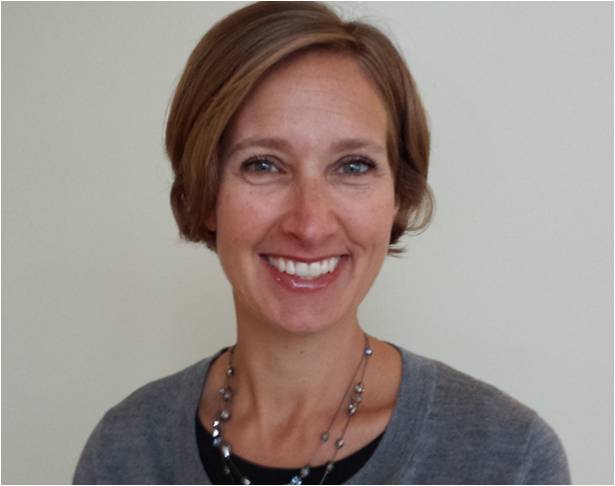Denver Needs a Transit Revolution — Will City Hall Deliver?
Denver Director of Transportation Crissy Fanganello had some candid words for residents at an Inter-Neighborhood Cooperation meeting Thursday night: “We can’t fix congestion.”

“The [Hancock] administration, when we first started having this conversation, wanted to know, ‘How can I fix congestion?'” Fanganello said. “But that was the wrong question. We started to point to other cities that had more mobility choices, and they didn’t necessarily have less congestion. New York, San Francisco, Chicago, Seattle — they have lots of mobility choices, they don’t necessarily have less congestion.”
The right questions, according to the city’s transportation chief, have to do with transforming city streets to prioritize transit, biking, and walking. (Beyond the road expansion projects already in the pipeline, Fanganello said that widening streets can’t be a part of Denver’s future transportation system.)
“We’re really focusing on increasing person-trip capacity,” Fanganello said. “When we say our roads are full, are they really full, or are we just not using them as efficiently as we could?”
The city will try to answer that question with a trio of mobility plans this year: One for transit, one for pedestrians and trails, and an update to Blueprint Denver, which covers the interplay between land use and transportation. A Vision Zero plan to eliminate traffic deaths and serious injuries is also due out this year.
“Denver Moves: Transit” is Denver’s first citywide strategy to make bus and rail efficient and attractive, which until now has been left up to RTD. The city will have to be aggressive to make a dent in its entrenched car culture, and that will require a funding strategy. As of right now, the only major project that’s been even partially funded is bus rapid transit on East Colfax. That needs to change, said Fanganello, who envisions a “program” for transit that prioritizes projects big and small.
“We don’t have the resources right now,” she said. “So if we can at least start to say that this is our vision… then we can start to decide as a community how we’re going to fill the pot. My sense is that the community wants it to be visionary and does want it to be forward-thinking, and all I can say is, go to the [public] meetings.”
So how will Denver pay for it? “That’s a question for all of you to think about and opine on: What is the role of the taxes that I pay to the city? Should some of it be going to improve transit in Denver? Because RTD has a role, but I don’t know that it falls entirely on their shoulders.”
For now, easy-to-implement transit improvements — what Fanganello called “BRT light” — are what’s up next. She referred to the bus lanes on Broadway and Lincoln, and traffic signals that give buses a head start through intersections, like the one at 13th and Lincoln. Other than the will of decision makers like Fanganello, those projects don’t take much to implement — just signals, markings, and signs, all of which she controls.
“I think there’s a lot of potential there to partner with RTD more than we have in the past — to make transit service more reliable, more efficient, more competitive, and more attractive, quite frankly, for those of us who are choice riders,” Fanganello said. “And for those of us that aren’t, that don’t have the choice, we can make their quality of life a whole lot better.”
Fanganello seems confident that the city will be able to make significant progress in the near term. “I don’t say this lightly, but we have to lead on transportation,” she said. “It can’t be the way it’s always been. We’re gonna have to shift they way we do things from the way we’ve done them in the past.”


